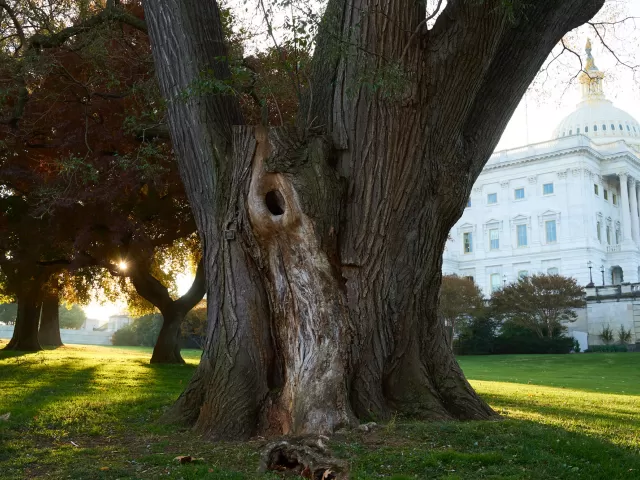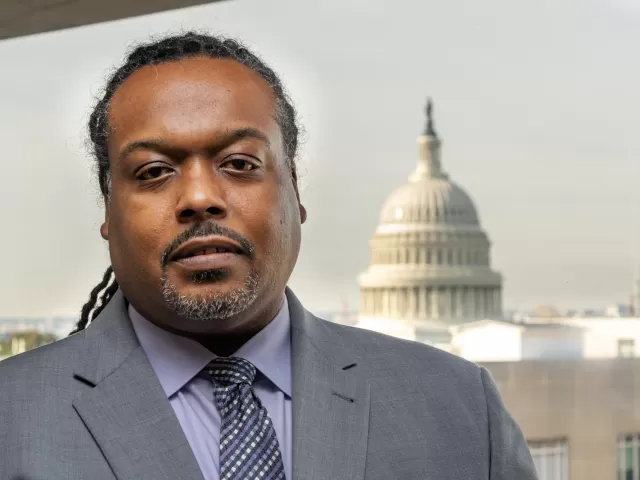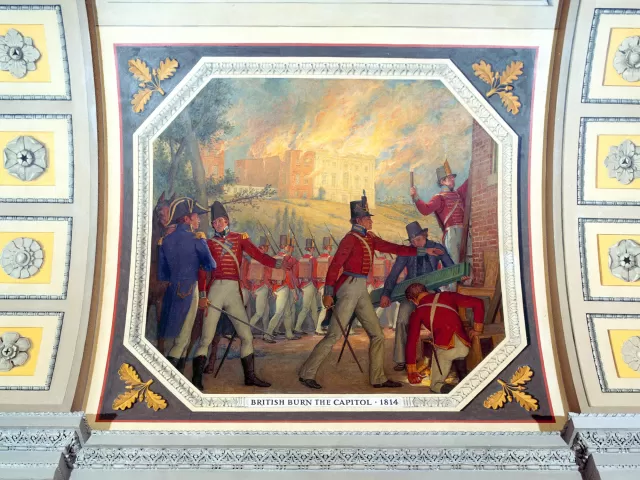Displaying 271 - 300 of 1034 Clear
Project
The Architect of the Capitol's repair and renovation of the Summerhouse fountain and surrounding landscape is complete. Additional landscape improvements to the grotto and surrounding planting beds will continue into the spring of 2024.
Highlight
Dr. Mary McLeod Bethune (1875-1955) was an educator, civil rights activist, and presidential advisor. This statue was given to the National Statuary Hall Collection by Florida in 2022. Nilda Comas is the first artist of Puerto Rican descent commissioned to sculpt a statue for the National Statuary
Basic page
The Architect of the Capitol's commitment to sustainability is demonstrated through our robust energy conservation and sustainability programs. The agency incorporates sustainable design and construction practices into the major projects executed throughout Capitol Hill.
Behind the Scenes
Article
Whether you work on Capitol Hill, are a regular visitor or you are planning to visit for the first time, remember to stay mindful of your surroundings.
Behind the Scenes
Article
On a sunny morning, employees from Capitol Grounds and Arboretum gathered to see a demonstration of a new tool and hear about its benefits.
Behind the Scenes
Article
The Architect of the Capitol's (AOC) commitment to energy conservation and sustainability has resulted in a reduction of energy use by almost 50 percent across the Capitol campus since 2003. The agency continues to look for ways to build on those efforts as it works toward achieving reductions
Public Notice
Article
Architect of the Capitol J. Brett Blanton testified May 11 in front of the Subcommittee on Legislative Branch, Committee on Appropriations, United States Senate.
Behind the Scenes
Article
Like other parts of the education world in March 2020, the COVID-19 pandemic-forced closure of the United States Botanic Garden (USBG) significantly impacted the USBG Learning and Engagement team. Much of their work consisted of connecting people with plants through hundreds of in-person educational
Public Notice
Article
The "Sammies" are the premier awards program honoring excellence and innovation in federal service.
Public Notice
Article
This morning the New Hampshire Congressional Delegation gathered on the U.S. Capitol Grounds to dedicate a tree in honor of the people of New Hampshire.
Highlight
U.S. Capitol Grounds commemorative tree to honor the people of New Hampshire sponsored by the New Hampshire Congressional Delegation in 2019.
Public Notice
Article
Architect of the Capitol J. Brett Blanton testified April 27 in front of the Subcommittee on Legislative Branch, Committee on Appropriations, United States House of Representatives.
Public Notice
Article
Architect of the Capitol J. Brett Blanton joined the U.S. Capitol Historical Society to celebrate the 200th birthday of Ulysses S. Grant and the 100th anniversary of the dedication of the Grant Memorial.
Landing Page
Find out more about the Architect of the Capitol, our employees and our work.
Public Notice
Article
The United States Botanic Garden (USBG) Conservatory reopened to the public today, April 1, marking a full reopening of all areas of the USBG.
History & Discoveries
Article
Spring in Washington, D.C., is one of the most beautiful times to visit the nation's capital. Learn about five beautiful, and less known spots, to enjoy the warm weather near the U.S. Capitol.
Public Notice
Article
Two original Olmsted trees will be removed for safety reasons this spring.
Behind the Scenes
Article
Arthur Logan was working as an electrician helper in 2005 when a coworker told him, "You're in the wrong field. You need to be an architect."
Highlight
The first House chamber in the Capitol was designed by Benjamin Henry Latrobe. After the House moved to its present chamber in 1857, this room was designated National Statuary Hall. John Quincy Adams (center, with raised hand) is shown speaking in the chamber; Speaker James K. Polk is seated under
Highlight
On August 24, 1814, during the War of 1812, British troops burned the Capitol and almost all other public buildings in Washington. The Capitol, shown ablaze in the background, was gutted, and only a sudden rainstorm prevented its complete destruction. About the Cox Corridors Murals The first floor
Highlight
The Capitol's first cornerstone was laid on September 18, 1793, by President Washington in a Masonic ceremony. The ceremony was preceded by a parade and followed by celebration and feasting. About the Cox Corridors Murals The first floor of the U.S. Capitol's House wing is elaborately decorated with
Highlight
After Congress selected an area along the Potomac River for the site of the new federal city, President Washington chose French engineer Pierre Charles L'Enfant to lay out the city and design the public buildings. Here L'Enfant (center) shows the president his city plan. About the Cox Corridors
Highlight
Spanish-American War hero Theodore Roosevelt became president in 1901, and during his two terms in office he worked vigorously to regulate big business, encourage conservation programs and expand America's role in foreign affairs. The mural shows Roosevelt giving one of his characteristically
Highlight
The expansion and industrialization of America required iron and steel for railroads, bridges, skyscrapers, and tools. The mural shows work at the foundry of the Nashua, New Hampshire, Iron Company. Left: Women leave their homes to work in a factory, symbolizing a change in American society brought
Highlight
In 1802 American inventor Oliver Evans developed a high-pressure steam engine that produced more power and weighed less than earlier models. His design made it practical to use steam power for land vehicles, such as trains, or boats. The mural is set in 1804 and depicts the nation's first steam
Highlight
In 1783 Representative James Madison introduced a resolution to create a library that would give the Congress access to works about the laws of nations and about American history and affairs. The Library of Congress was founded in 1800 and located in one room in the Capitol; as the collection grew
Highlight
The Smithsonian Institution, which today includes approximately two dozen museums and research centers, was founded in 1846. It was named for English scientist James Smithson, who bequeathed his estate to the United States to create an establishment "for the increase and diffusion of knowledge among
Highlight
For decades after America won its independence from Great Britain, many of its people still lacked basic rights. The drive for woman suffrage was formalized at the 1848 women's rights convention in Seneca Falls, New York, but not until 1920 (with the ratification of the nineteenth amendment to the
Highlight
At his March 4 inaugural on the steps of the newly completed Capitol, Lincoln expressed his hopes for reconstruction of the Union after the Civil War. He urged moderation, humility, and humanity in dealings with the South. Shown in the center of the scene (from left to right) are Vice President
Highlight
Responding to Russian territorial claims along the northern Pacific coast, and concerned that European nations would attempt to seize recently independent Latin American states, President James Monroe announced a new national policy. No new colonies would be allowed in the Americas, and European



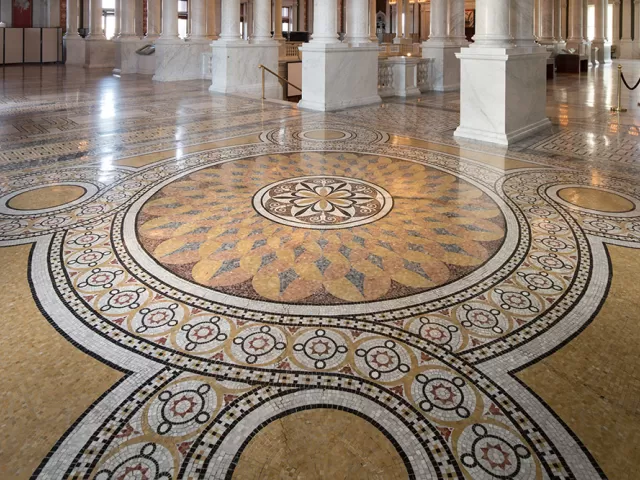
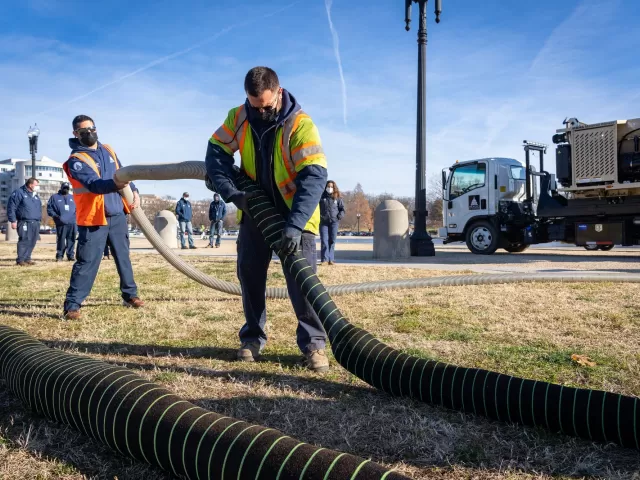


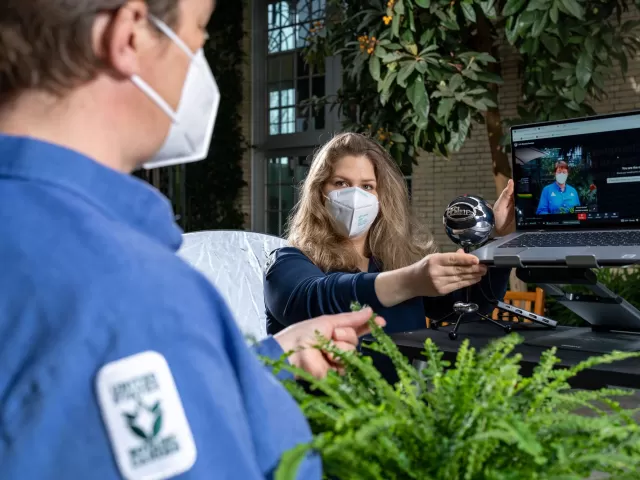


!["Project funding will support the lifespan of [campus] facilities as well as address critical needs ranging from preserving priceless artwork to replacing roofs, installing emergency generators and improving campus security." - Architect of the Capitol J. Brett Blanton](/sites/default/files/styles/standard_sm/public/2022-04/AOC-Quote-FY23-House-Testimony_Project-Funding.png.webp?itok=yRGnwxrf)



